Linux Magazine DVD

Linux Magazine DVD |

|
Fedora Core 3 is a new release from a project that is - or isn't - the latest from Red Hat. What is Fedora? Is it a community? Or is it the development arm of one of the world's leading commercial Linux vendors? The answer is that Fedora is both. Fedora really is backed by a community - with over 1,500 members on the developer mailing list. But Fedora is also a genuine research project, with the full participation of many Red Hat developers.
And if you're thinking the free, community-based Fedora is somehow less evolved than Red Hat's blue-chip Enterprise Linux distros, think again. In fact, recent innovations often debut in the experimental Fedora distribution first and move later to the sober corporate cousins of the Enterprise Linux family. The Fedora project always attracts attention because it is the best indication of what Red Hat has in mind for later releases of its commercial distributions.
The DVD enclosed with this distribution includes Fedora Core 3, the newest and best from the innovative Fedora project.
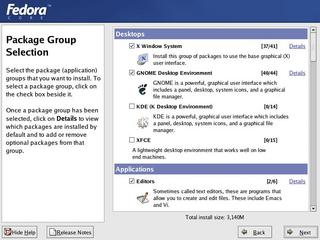
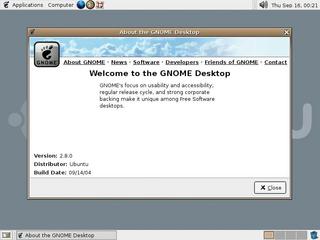
Fedora Core 3 delivers all the tools of previous Fedoras, with new and improved components for tighter security, easier administration, and a better user experience. The Fedora Core 3 distribution offers either Gnome 2.8 or KDE 3.3. You'll find all the components of previous Fedora systems, such as the OpenOffice.org productivity suite, the GIMP image editor, the YUM package manager, and hundreds of other applications. You'll also find some new tools that debut with this edition of Fedora.
Although Fedora supports both Gnome and KDE, Gnome is the desktop most associated with Red Hat systems. The Core 3 system comes with the new and improved Gnome 2.8. Gnome 2.8 features include a new file handler and an improved file manager with support for password-protected FTP sites.
Gnome 2.8 also supports a DNS-based services directory. You'll also find improvements in Control Center applets, such as the battery monitor, calendar, and weather monitor.
Also with Gnome 2.8 is the Evolution 2.0 integrated email and groupware client, which features enhanced MIME support, junk mail filtering, and user interface improvements. And you'll find the Mozilla-based Epiphany web brower, which sports a new offline mode, better control of pop up windows, and several improvements to the bookmark system.
Fedora Core 3's unveils a new hardware model that provides a Hardware Abstraction Layer (HAL). HAL, which separates hardware details from the underlying system, makes it easier for both users and developers to support hardware devices.
The Core 3 distribution also provides other improvements to the hardware system, including better support for removable storage devices, cameras, and printers.
The Fedora Core 3 distribution includes an upgrade to SELinux, which was introduced with the Core 2 package. SELinux includes a collection of security features, such as a policy system for protecting access to files and components. Core 3 has a new "targeted" policy for monitoring specific components with minimal intrusion and system overhead.
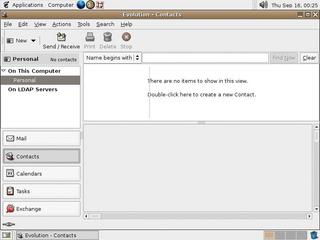
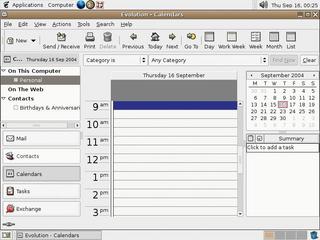
Fedora Core 3 gives you an array of tools for system administration and network management. Vino (the Gnome VNC server) allows a system administrator to control the desktop of a computer for remote troubleshooting. Gnome-volume-manager provides a central point for managing CDs, DVDs, and other storage media. The Anaconda installer now supports Logical Volume Management (LVM). And Network Manager offers a convenient interface for configuring network connections.
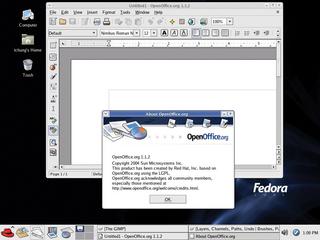
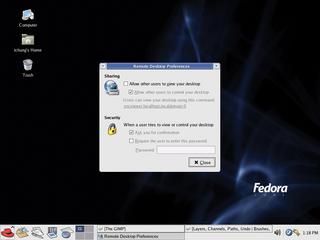
You'll find many other great applications inside Fedora Core 3. Also included on the DVD are desktop tools such as the Firefox browser and the Helix media player. Programmers will find powerful development tools, such as GCC 3.4, Eclipse, java-gnome, gtk2-perl, and the Pyrex package of Python modules and extensions. Admins will find improvements to crash-recovery systems and better support for the ext3 file system.
The GRUB bootloader includes a new splash screen and comes with new support for booting LVM volumes. And the new system-config-bootloader provides a central interface for managing the boot configuration.
Make room for Fedora Core 3. The Fedora Core 3 DVD included in this issue of Linux Magazine is engineered for efficient and trouble-free installation. The handy DVD format provides a faster and simpler installation - you won't get stuck with a stack of CDs or a full network download.
Fedora Core 3 is powerful enough for the pros and easy enough for even novice users. Why not not plug in Linux Magazine's Fedora Core 3 DVD and see what you think of the latest Fedora.
| System Requirements |
|
Processor: Pentium class of equivalent; 200 MHz or higher for a text-mode system; 400 Mhz Pentium II or higher for a graphical system. Memory: 64 MB minimum for a text-mode system; 192 MB minimum for a graphical system. Hard Disk: 620 MB for a minimal custom installation; 1.1 GB for a server installation; 2.3 GB for a personal desktop system; 6.9 GB for a custom installation with everything. |